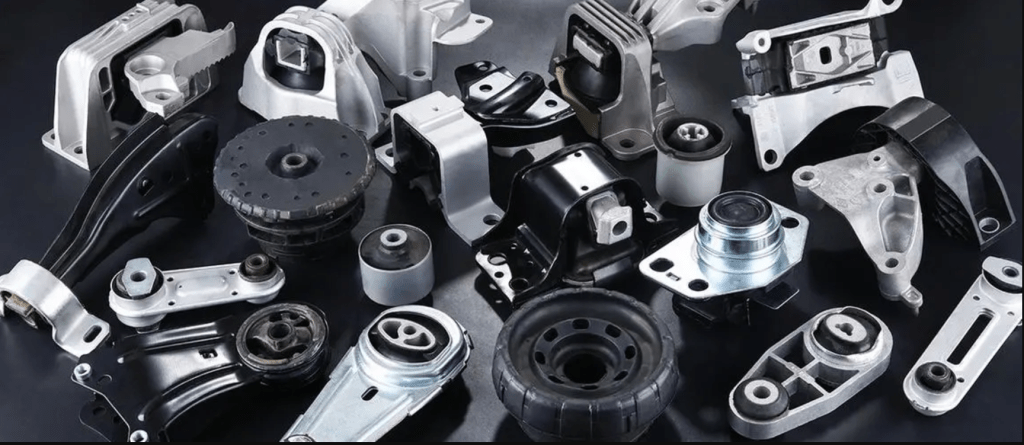Creating a die casting mold is a critical step in the production of high-quality metal parts used in various industries, including automotive, aerospace, electronics, and consumer goods. This blog post delves into the intricate process of die casting mold design and production, offering insights into the methods, materials, and technologies that define this fascinating field.

What is Die Casting?
Die casting is a metal casting process characterized by forcing molten metal under high pressure into a mold cavity. The mold cavity is created using two hardened tool steel dies that have been machined into shape and work similarly to an injection mold during the process. Die casting is especially suited for creating a large quantity of small to medium-sized parts with excellent surface finish and dimensional consistency.
The Importance of Mold in Die Casting
The die casting mold, also known as a die, is critical to the entire process. A well-designed mold can ensure the production of parts that meet precise specifications and require minimal finishing work. The quality of the mold directly affects the quality of the final product, making mold design and maintenance pivotal to successful die casting.
Steps in Mold Production
- Design: Everything begins with a detailed design phase. Using CAD (Computer Aided Design) software, engineers create a digital model of the mold based on the specifications of the part to be cast. This model includes all details necessary for the features of the part, including drafts, fillets, and parting lines.
- Material Selection: The next step is selecting the appropriate material for the mold. Common materials used in die casting molds include H13 and Beryllium-Copper. The choice of material affects the mold's durability and its ability to withstand high temperatures and pressures.
- Machining: Once the design and materials are finalized, machining of the mold begins. This involves CNC (Computer Numerical Control) machines, which carve the mold from the selected materials with high precision. Machining must be accurate as it impacts the mold’s alignment and the smoothness of the part's surface.
- Finishing: After machining, the mold undergoes finishing processes such as polishing and texturing. These processes are crucial as they influence the release of the part from the mold and the final appearance of the cast piece.
- Assembly: The final step in mold production is assembly. The mold is assembled with all its components, including cores, sliders, and ejector pins. It is then tested to ensure that it opens, closes, and ejects the parts correctly.
Challenges in Mold Production
Die casting mold production is not without its challenges. The high pressures and temperatures involved can lead to issues such as thermal fatigue, erosion, and soldering of the metal on the mold surfaces. Engineers must carefully design the cooling systems within the mold to manage these conditions effectively.
Innovations in Mold Technology
Advancements in technology have significantly impacted mold production. 3D printing, also known as additive manufacturing, is now being used to create molds or mold components with complex geometries that would be difficult or impossible to achieve through traditional machining. Moreover, the use of simulation software allows for virtual testing of the mold under various conditions to predict performance and improve mold designs before physical production begins.
Conclusion
Die casting mold production is a complex but fascinating process that combines art and science. It requires precision engineering, advanced materials, and cutting-edge technologies. As industries continue to demand higher quality and more durable products, the role of innovative mold design and production becomes increasingly important. By understanding the intricacies of this process, companies can better navigate the challenges and leverage the latest advancements to improve product quality and manufacturing efficiency.





